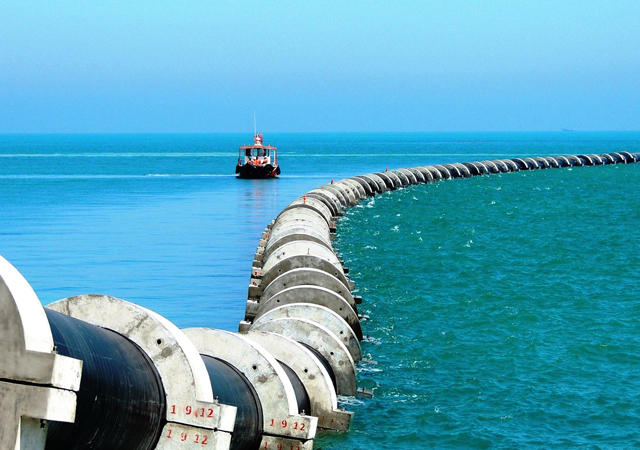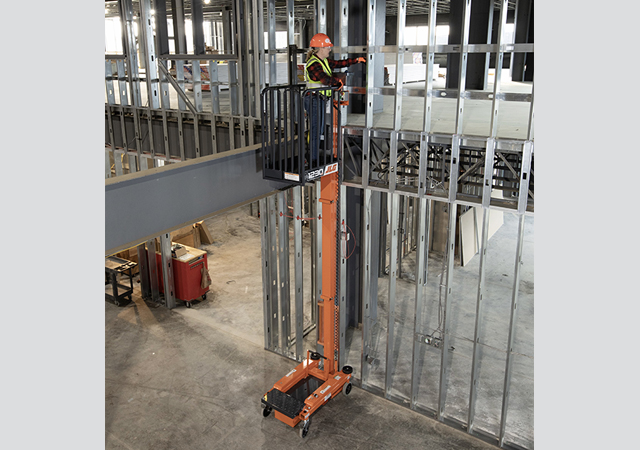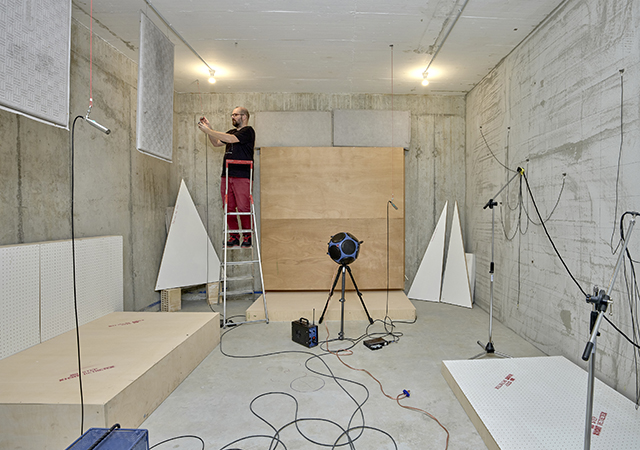
 Masa's objective is to prevent the problem rather than cure.
Masa's objective is to prevent the problem rather than cure.
When most people consider pre-treating a house during construction, they only have termites in mind. However, many measures can be taken to help to prevent future problems from other pests as well.
Virtually all pests find their way into homes through cracks, crevices and hundreds of routes of entry, which are available in every house. Once established, they will breed and grow in number.
Many people think there is something magical that can be done before, during or right after a house is built which will make it insect-proof. This is simply not the case. There is no single thing that will make the home free of insects forever.
Some of the misconceptions that the layman has regarding measures that can be taken to make his home termite proof are:
Most houses with an unfinished basement get infestation, through termites which have entered through the point where a garage slab is attached to the house, by the front or the rear stoop or any attached patio slabs.
Finished basements are very likely to develop termites. Slab houses are the most likely type of structure to get termites and the reasons are many.
A qualified pest control company like Masa Establishment for Pest Extermination Services should be contacted to keep termites out.
Though the statement is true, there are simply too many cracks and crevices available. In addition, insect infestations generally don't occur because of continuous migration inside. Most happen because one gets inside and starts to reproduce. In other words, it only takes just one insect to start a problem and there are simply too many entry points to close.
Therefore, to stop an infestation from a house, the routes of entry must first be minimised by doing a good sealing job. Secondly, minimise the number of pests living immediately adjacent to the house. This combination will prove to be most effective
Wrong again. Such systems offer the ability to treat wall voids and other hard-to-reach areas of the house. However, this only will prove to be effective if the pest problem is actually that deep and specific. Many problems never get below the surface. Even with its shortcomings, this method is good to have. But again, don't rely on one tool.
Several materials are available to stop pests from living is treated areas. These products are easy to apply to wall voids during construction and will last for many years.
Termite control should not be taken lightly during the initial phase of building construction as ignorance of this at early stages will definitely cause serious problems in the future. Hence, this should be done in the designing and planning phase.
A qualified pest control consultant should be contacted and discussed with in detail. Masa is a pest control company which always wants to help its clients at this stage. Masa's objective is to prevent the problem rather than cure. It may be cost a little more, but will prevent houses getting infested forever.









.jpg)





.jpg)











Doka (2).jpg)








































.jpg)
.jpg)

.jpg)








